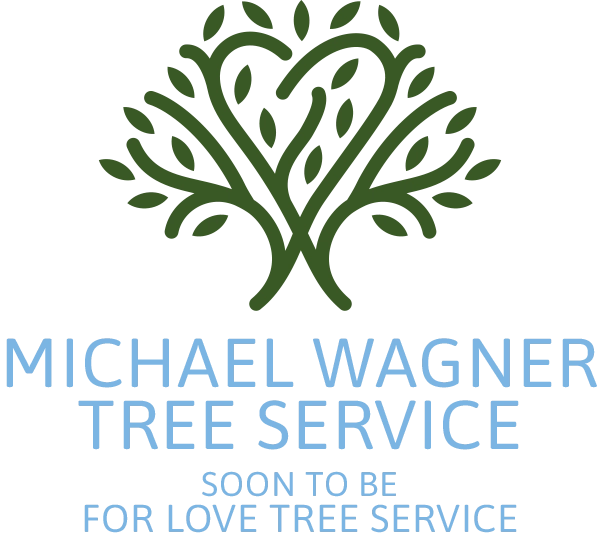How To Choose the Right Apopka Tree Service
Certain factors, such as licensing and services available, are important to consider when choosing a tree removal company. We highlight several key factors below.
Vet the Company's Qualifications
Make sure that your tree service provider holds the needed insurance policies, like workers' compensation, professional liability, and general liability insurance. Insurance policies serve to protect both customers and workers. A policy should mention tree work coverage specifically; otherwise, you may be liable for any injuries or damage on your property. Tree removal companies have no mandatory national certifications, but many employ arborists to complete inspections. Having one isn't a requirement, but an arborist brings in expert knowledge on tree preservation, maintenance, and care. Arborists are certified by the International Society of Arboriculture (ISA).
Get Quotes From Multiple Companies
We recommend getting quotes from several companies to help determine the best deal. This allows you to compare aspects like service fees, included services, and timelines.
Confirm the Company Performs Residential Tree Services
Look for a tree removal company that specializes in residential services. Commercial companies handle large-scale projects for commercial property and must follow certain city ordinances for their work. Residential tree service companies focus on servicing private homeowner properties and have fewer locally mandated restrictions.
Request a Tree Risk Assessment
A tree risk assessment (TRA) helps minimize the risk of harm to workers or property. A tree service professional will visually inspect a tree and its branches to assess the risk of breakage, also called tree failure. Certified arborists typically conduct TRAs. Some companies include a free assessment with their services, while others charge an additional fee. Request a TRA before undertaking any real work.
Ask About Stump Removal
Many tree removal companies can also handle stump removal, either by hand or with specialized equipment. This is important because neglected stumps will decay and attract pests and disease. Ask whether your tree removal company includes stump removal with its services. It typically costs from $61 to $451, with the average Apopka homeowner paying roughly $287.
How Much Does It Cost To Remove A Tree?
The cost of tree removal services ranges from $280-$1,230, averaging of $574. Factors such as project size, tree size and type, and tree health will influence the final price. Emergency tree removal costs roughly $1,476, and any tree will incur additional fees if it has a higher failure risk or requires additional safety precautions, labor, or equipment. A company may charge by the acre instead of per tree if you're having multiple trees removed.
Ready to Get a Quote on Your Tree Project?
Please enter a valid 5-digit zip code!
Frequently Asked Questions About Tree Removal in Apopka
What are common tree issues?
How are tree trimming and tree pruning different?
What are some signs that a tree is dangerous?
Do I need to hire a professional for tree removal?
Is it okay to leave a downed tree sitting on my lawn?
To share feedback or ask a question about this article, send a note to our Reviews Team at reviewsteam@thisoldhousereviews.com.













